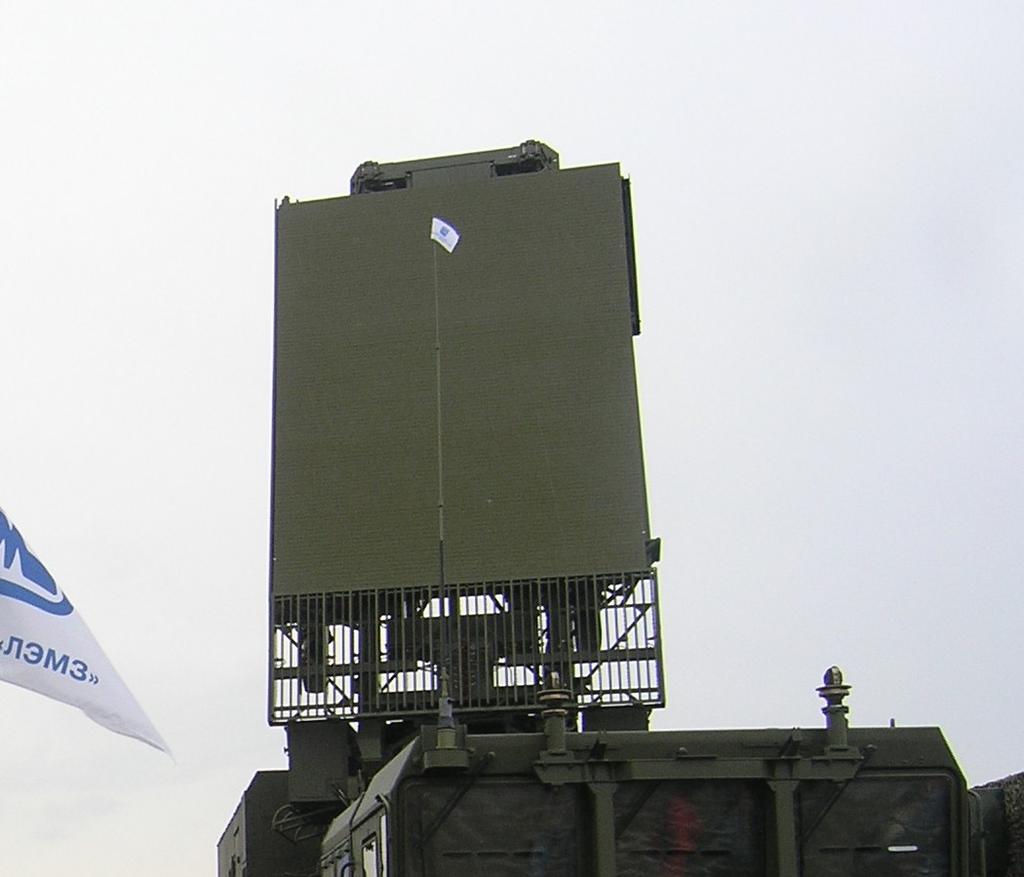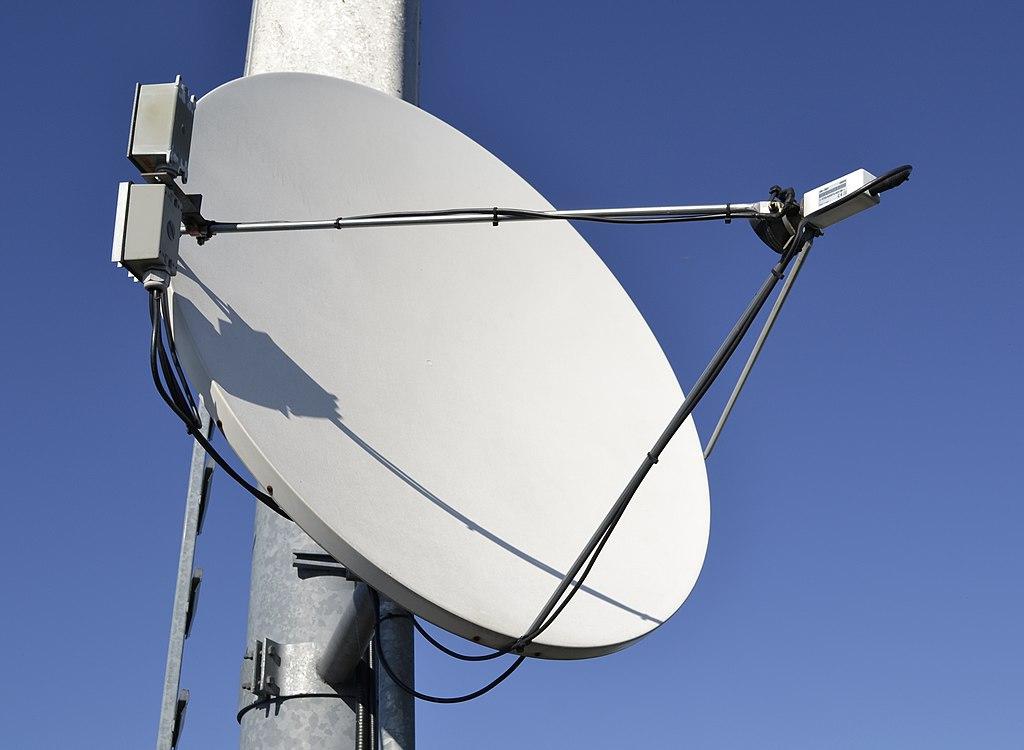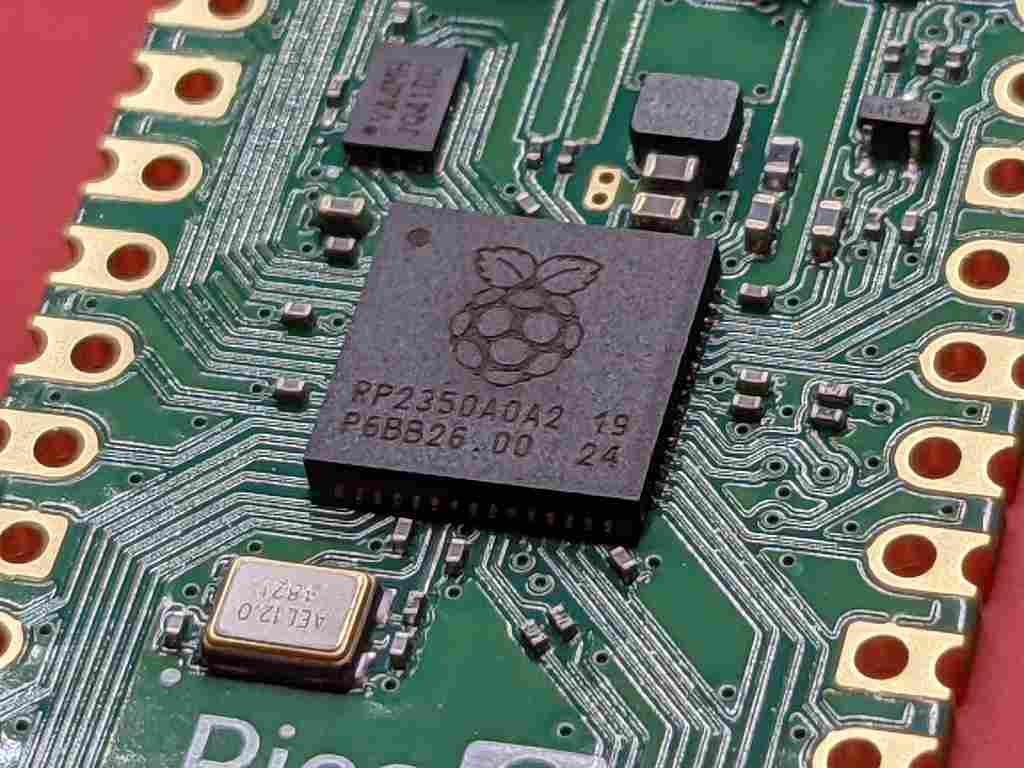- About us
- Product
- Dual-Junction Circulator
-

Dual-junction Microstrip Circulator
-

Dual-junction Drop-in Circulator
-

Dual-junction Coaxial Circulator
- Customized
- Technical Note
- News
- Contact us
NEWS
Updated on:
Keywords: Microwave Circulators in China, RF circulator, circulator applications China, RF isolator, radar, satellite communications, Ka-band, Ku-band, X-band, Chinese RF industry
This guide explains how a microwave circulator underpins China's 5G/6G, radar, and satellite infrastructure, and how to select the right RF circulator format—waveguide, microstrip, drop‑in, coaxial, SMT—for each application.
A microwave circulator is a passive, non‑reciprocal RF circulator that routes energy directionally among three ports. In China’s rapidly growing networks—5G radio access, radar sensors, and satellite communications—the circulator protects power amplifiers, isolates receivers, and maintains signal integrity. When one port is internally terminated, the device behaves as an RF isolator, stabilizing sources and minimizing reflections.

WR‑112 waveguide microwave circulator internals (CC BY‑SA 4.0, Dlinkhart). Source: Wikimedia Commons.
By exploiting ferrite gyromagnetic effects under DC bias, a microwave circulator routes signals 1→2→3→1. Common formats include microstrip circulator (compact), drop‑in circulator (precision fit), coaxial circulator (connectorized), waveguide circulator (high power), and SMT circulator (surface‑mount). Designers weigh insertion loss, isolation, VSWR, bandwidth, and power handling.
Dense Chinese RAN deployments raise demand for RF circulator parts with low IL and robust weatherproofing.
Active phased‑array radar programs favor waveguide circulator and low‑drift drop‑in circulator options.
Ka‑/Ku‑band gateways and terminals require low‑loss coaxial and waveguide solutions.
Factories and labs rely on RF isolator configurations to stabilize sources and measurements.

Cell tower for 5G/6G RAN (CC BY‑SA 3.0, Joe Ravi). Source: Wikimedia Commons.
Macro sites, small cells, and integrated radio units deploy microstrip circulator and coaxial circulator near PAs/LNAs. Targets in China often include insertion loss ≤ 0.4–0.6 dB, isolation ≥ 18–22 dB, and stable performance across harsh outdoor temperatures.
T/R modules integrate a drop‑in circulator or waveguide circulator, emphasizing phase stability, thermal headroom, and high CW/PK power. Tight tolerance mounting surfaces and bias uniformity keep the microwave circulator on‑spec over life.

Phased‑array radar (CC BY 3.0, Vladimir Kuznetsov). Source: Wikimedia Commons.
Gateways and ground stations at Ku/Ka band favor waveguide circulator for low IL and power headroom; terminals may adopt compact coaxial circulator or microstrip circulator for size/weight savings.

Satellite dish (CC BY 3.0 DE, High Contrast). Source: Wikimedia Commons.
Network analysis, PA benches, and plasma/heating lines commonly convert a circulator into an RF isolator by terminating one port; this improves match, suppresses oscillations, and protects sensitive receivers.

Macro PCB (CC0 Public Domain, Profpcde). Source: Wikimedia Commons.
| Form factor | Use case in China | Pros | Watch‑outs |
|---|---|---|---|
| Microstrip / SMT circulator | Compact 5G FR1 modules | Small, low profile, automated assembly | Thermal path, PCB stack‑up, shielding |
| Drop‑in circulator | T/R modules, phased arrays | Tight tolerance, stable over temp | Mounting flatness, screw torque, finish |
| Coaxial circulator | Lab/test, flexible integration | Connectorized, easy swap | PIM at high power, connector repeatability |
| Waveguide circulator | High power radar & gateways | Very low IL, high CW/PK power | Size/mass, flange standard, pressurization |

X‑band waveguide circulator (Public Domain, Antonio Pedreira). Source: Wikimedia Commons.
| Band | Typical choice | IL target | Isolation | Notes |
|---|---|---|---|---|
| UHF/L/S | Microstrip / Coaxial | ≤0.4–0.6 dB | ≥18–22 dB | Outdoor sealing for China macro sites |
| C/X | Drop‑in / Waveguide | ≤0.3–0.5 dB | ≥20–25 dB | Radar TR modules, phase stability |
| Ku/Ka | Waveguide / Coaxial | ≤0.2–0.5 dB | ≥20–25 dB | Gateways & TT&C, IMD control |
Internal links: Microstrip Circulator · Drop‑in Circulator
Chinese integrators increasingly request documented life tests, thermal cycles, and salt‑spray for outdoor microwave circulator installs. IPC‑A‑610 workmanship for SMT, IEC environmental tests, and ROHS/REACH declarations are common asks.
To secure supply for microwave circulator rollouts, buyers weigh lead time, MOQ, customization, and local service. Domestic RF circulator makers offering rapid prototyping and engineering support often win bids.
As China explores 6G and expands satellite internet, demand for microwave circulator options at Ku/Ka‑band grows. Miniaturized SMT circulator and advanced ferrites will push performance, while waveguide circulator remains dominant for high power.
The microwave circulator is a quiet enabler of China’s RF infrastructure. By aligning packaging, specs, and reliability with use‑case needs—from 5G RAN to radar arrays and satellite gateways—suppliers can deliver dependable performance and win long‑term programs.
Terminate the unused port with a matched load to stabilize the source and protect the PA.
Microstrip circulator or SMT circulator on a well‑cooled PCB is typical.
Waveguide circulator minimizes IL and supports higher CW/PK power than compact formats.
Need help choosing a microwave circulator for China deployments? Share target band, CW/PK power, IL/Isolation goals, and package preference (microstrip, drop‑in, coaxial, waveguide, SMT).
About the Author
HzBeat Editorial Content Team
Marketing Director, Chengdu Hertz Electronic Technology Co., Ltd. (Hzbeat)
Keith has over 18 years in the RF components industry, focusing on the intersection of technology, healthcare applications, and global market trends.